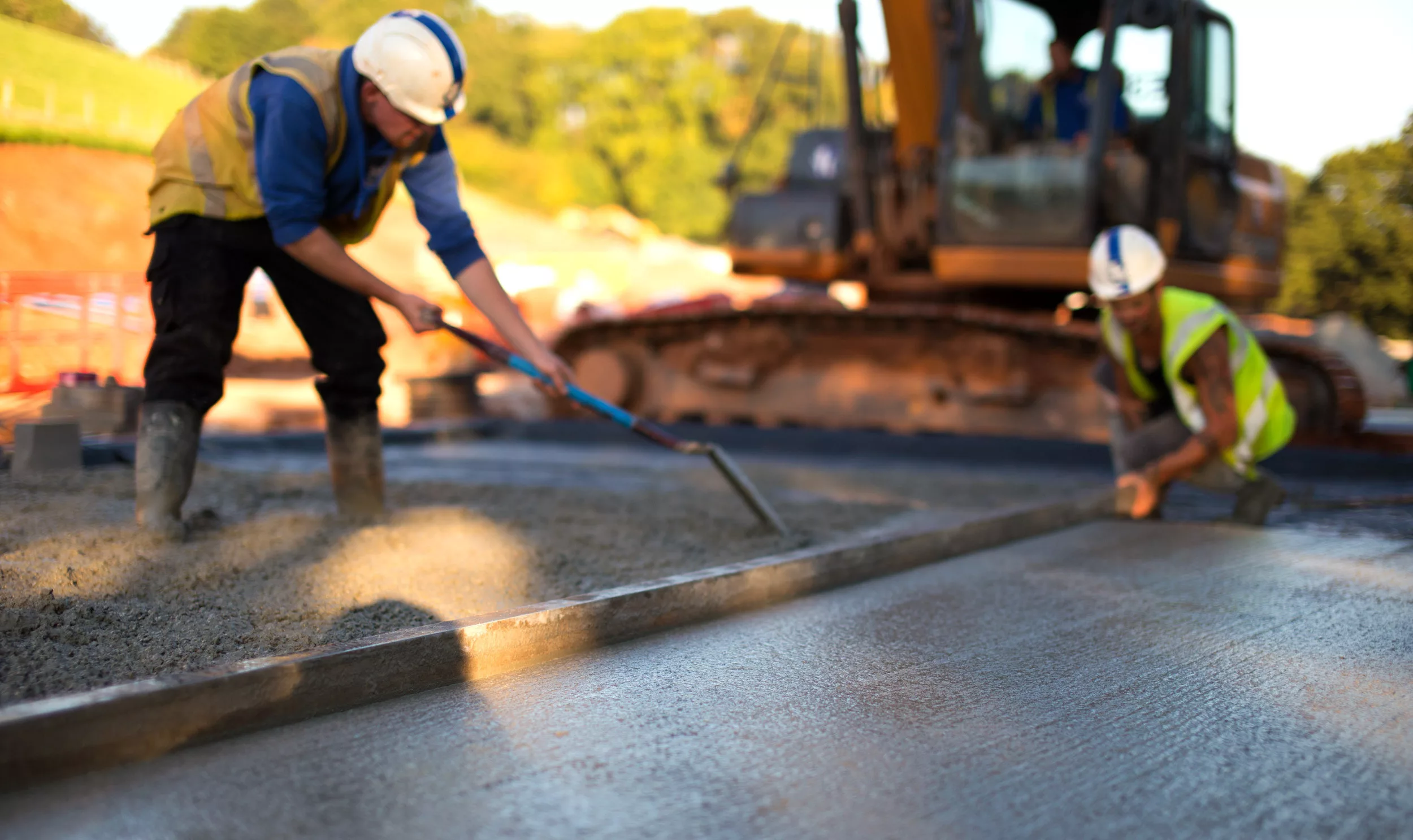
As the rainy season approaches, homeowners must turn their attention to specific home improvements that can safeguard their property against potential weather-related damage. Preparing your home for the rains is not just about immediate protection; it’s about investing in the longevity and safety of your property. While the interior of a home often gets the most attention, it’s the exterior that bears the brunt of the rainy season. This makes certain exterior improvements not just advisable but essential. From gutters to roofs and walls, each component plays a vital role in ensuring your home remains dry and secure during heavy downpours. In this article, we will explore six key home improvements that are particularly crucial to carry out before the onset of the rainy season.
1. Gutter Maintenance and Replacement
One of the most critical yet often overlooked aspects of home exterior maintenance is the gutter system. Gutters play a significant role in directing the rainwater away from your property’s foundation, roof, and walls, reducing water damage. Over time, however, gutters can become clogged with debris or suffer wear and tear that diminishes their effectiveness. It’s easy to forget the importance of gutter replacement when it comes to working on the home exterior, but ensuring rainwater is redirected away from your home with a new gutter system is vital. Hiring the right professionals for the job guarantees that your gutters are not only properly installed but also suited to handle the volume of rainwater typical for your area. Regular cleaning and timely replacement of gutters can save homeowners from costly repairs due to water damage in the future.
2. Roof Inspection and Repair
The roof is your home’s first line of defense against the rain. A well-maintained roof can mean the difference between a cozy, dry season and a problematic, leaky one. Before the rainy season sets in, conducting a thorough roof inspection is crucial; look for signs of damage, such as cracked or missing shingles, leaks, or wear around chimneys and vents. These issues, if left unattended, can lead to significant water damage inside the home.
Timely repairs are vital. Replacing damaged shingles, sealing leaks, and ensuring that the roof is structurally sound can prevent further damage during heavy rains. For a thorough and accurate assessment, it’s advisable to seek help from roofing professionals. They can identify potential problems that might be invisible to the untrained eye and suggest the best course of action. Remember, investing in roof repairs before the rainy season can be far more cost-effective than dealing with the aftermath of water damage.
3. Waterproofing Exterior Walls
Waterproofing your home’s exterior walls is another crucial step in preparing for the rainy season. Moisture seeping through walls can cause structural damage, mold growth, and deterioration of paint and other finishes. To protect your home, start by inspecting the exterior walls for cracks, gaps, or signs of moisture. These are indications that your walls may need waterproofing.
There are various waterproofing materials and methods available, each suited to different types of exterior surfaces. Options range from waterproof paint and sealants to more comprehensive solutions like membrane or liquid waterproofing. The choice depends on the extent of exposure to rain and the current condition of the walls. It’s always a good idea to consult with waterproofing experts to determine the most effective solution for your home. A professional application ensures that the waterproofing material adheres correctly and provides maximum protection against rainwater.
4. Landscaping and Drainage Improvements
A well-planned landscape is not just about aesthetics; it plays a crucial role in managing rainwater around your property. Proper landscaping and drainage can prevent various issues caused by excessive rainfall, such as soil erosion, water pooling, and even potential flooding. To begin with, assess the grading of your yard. The ground should slope away from your home to naturally direct water flow away from the foundation. If this is not the case, consider regrading the area or adding a gentle slope to facilitate proper drainage.
Incorporating features like French drains, dry wells, or rain gardens can also be effective in managing excess water. These solutions help to redistribute rainwater, reducing the burden on your home’s drainage system. Additionally, choosing the right plants can make a difference. Plants with deep root systems can help stabilize the soil and absorb excess water. Consulting with a landscaping expert can provide tailored solutions to suit the specific needs and layout of your property, ensuring optimal water management during the rainy season.
5. Window and Door Sealing
Windows and doors are common entry points for water during heavy rains. So, to prevent leaks, it’s essential to ensure that they are properly sealed. Over time, seals and weather stripping can degrade, leading to gaps that allow water to seep through. Inspect all windows and doors for signs of wear and tear. Look for cracked caulking, brittle weather stripping, or any visible gaps.
Replacing old caulking and weather stripping is a relatively simple and cost-effective task that can have a significant impact on keeping your home dry. When resealing, use high-quality, waterproof materials to create a strong barrier against water. For windows that are prone to leakage, consider applying a waterproof sealant around the frame. In some cases, especially with older windows and doors, professional assistance may be required to ensure that they are properly sealed and watertight. Taking the time to address these potential weak points can go a long way in protecting your home from water damage.
6. Foundation Checks and Repairs
The foundation is a critical component of your home’s structure, and it’s essential to ensure its integrity, especially before the rainy season. Water can cause significant damage to foundations, leading to cracks, mold growth, and even structural issues. Start by inspecting the foundation for any visible signs of damage, such as cracks, water stains, or areas where water pools close to the foundation.
If you notice any signs of damage, it’s important to address them promptly. Small cracks can often be sealed with waterproofing compounds, but larger issues may require professional repair. Additionally, ensure that your home’s downspouts are directing water away from the foundation. Extensions or splash blocks can be added to downspouts to help direct water further away from your home. Regular foundation checks and timely repairs can prevent minor issues from turning into major, costly problems.
Conclusion
Preparing your home for the rainy season is a crucial step in maintaining its integrity and ensuring your comfort. By focusing on key areas such as gutters, roofs, exterior walls, landscaping, windows, doors, and the foundation, you can effectively safeguard your property against potential rain-related damage. These improvements not only protect your home but also offer peace of mind, knowing that you have taken proactive measures to weather the storms ahead. Remember, the cost and effort put into these preparations are a worthwhile investment in the long-term safety and durability of your home.








